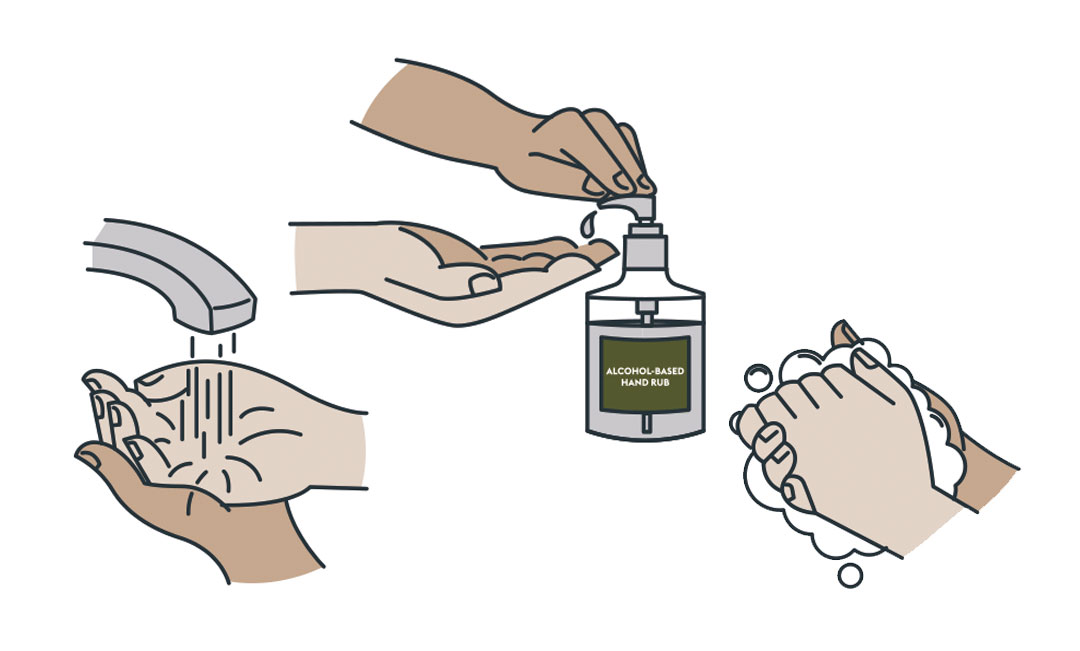For centuries doctors denied the possibility that disease could be transmitted by invisible agents. However, in the late 19th century Louis Pasteur demonstrated in his Germ Theory of Disease that most infectious diseases were caused by microorganisms originating from outside the body. This new understanding of germs and their means of transmission led to improved sanitary standards that resulted in an enormous drop in the mortality rate. Yet these core principles of sanitation were being practiced by the Israelites thousands of years earlier.The Israelites were instructed to wash themselves and their clothes in running water if they had a bodily discharge, if they came in contact with another person’s discharge, or if they had touched a dead human or animal carcass. They were also instructed to wash any uncovered vessels that were in the vicinity of a dead body, and if a dead carcass touched a vessel it was to be destroyed. Items recovered during war were also to be purified through either fire or running water. In addition, the Israelites were instructed to bury their human waste outside of camp, and to burn the waste of their animals (See Numbers 19:3-22, Lev. 11:1-47; 15:1-33, Deut 23:12).These sanitary practices without question saved countless lives in the Israelite camps by protecting them against infection caused by unseen germs. Meanwhile, their Egyptian peers were dying by the thousands due to “remedies” that almost always consisted of some amount of human or animal dung1. As mentioned earlier, the sound sanitary practices that we take for granted today only began to flourish about a 100 years ago.
Sanitary Practices
